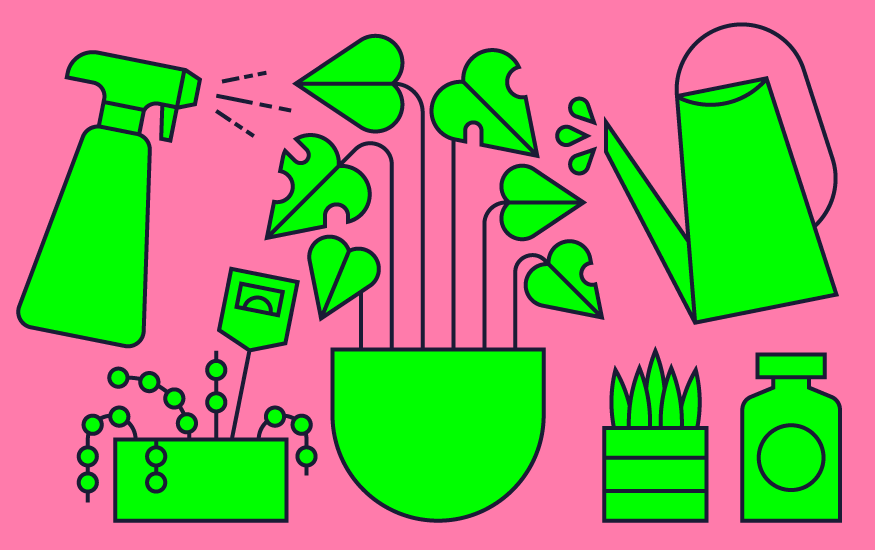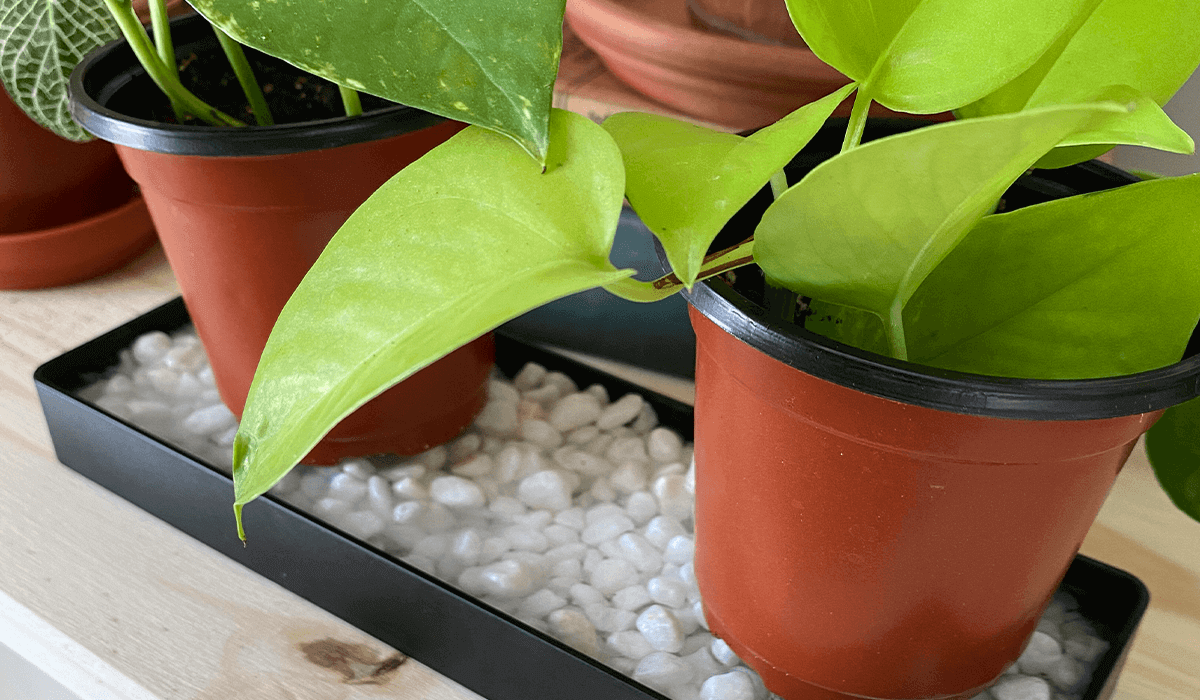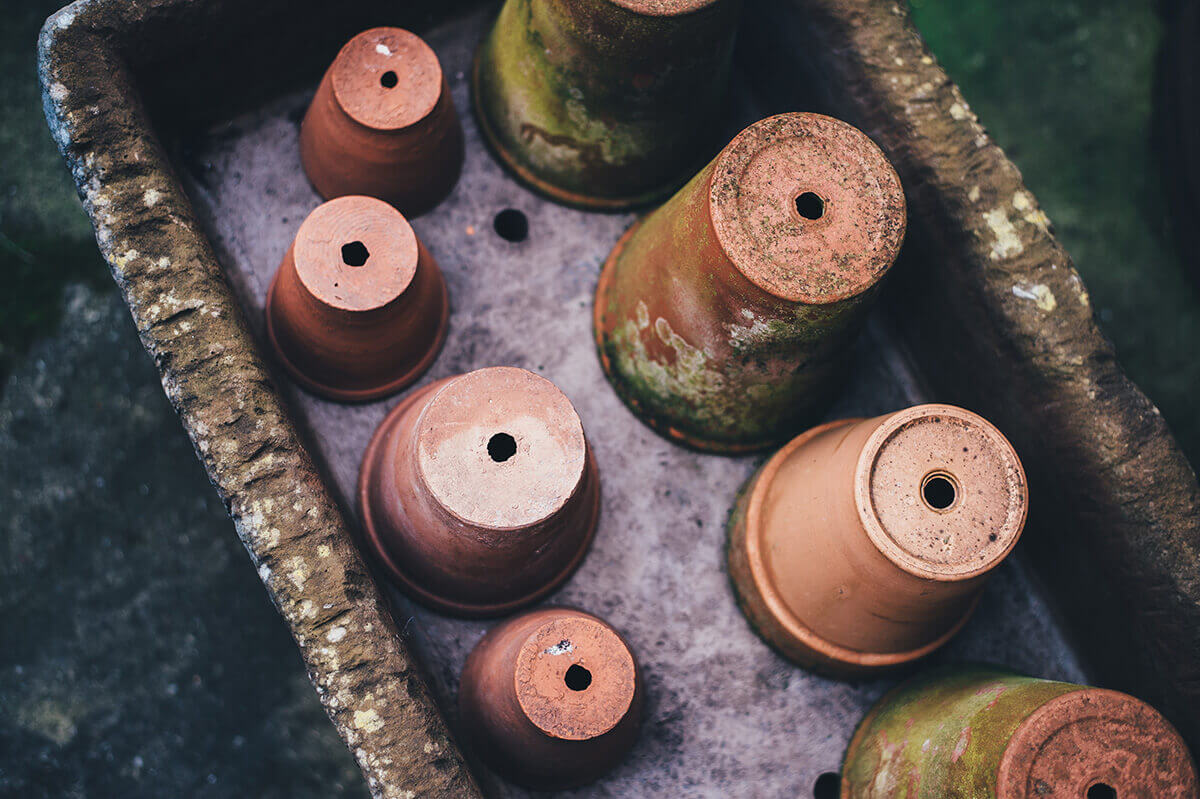Let’s face it, the day will come when your perfect house plant starts developing brown/yellow leaves that will ruin the pristine look of your green friend. The question is when should you part ways with these leaves? The short answer is as soon as possible.
Why Remove Dead Leaves?
Removing yellowing and dead leaves will give your plant a chance to refocus its energy to healthier growth. Trimming away these nasty looking specimens will also prevent the spread of disease (or yucky pests) and improve the overall healthy appearance of your plant. This dying foliage will not recover or heal itself. So, it’s best to say goodbye to them soon so your plant can replace them with new growth.
When to Cut Ties with Dying Leaves
If the leaf is completely shriveled and dead looking, it’s safe to remove it without thinking twice. Anything else, you should consider the amount of damage before giving it the chop. If the leaf has gone completely yellow–which can occur from overwatering or poor lighting–it’s okay to snip them off.
If the leaf has brown tips or edge, or simply has rips from wear and tear or hall passers, it could potentially survive. That is, if you don’t mind the look of the leaf itself. Be sure to remove the leaves in a certain way based on their state, though.

How to Remove Dying Leaves
If the leaf looks super dead, you can simply pull these leaves off the stem by hand. If a gentle tug/pull doesn’t do the trick, you can wait a day or two before trying again. You want to avoid a forceful pull that could potentially damage the healthy tissue of the plant.
Using a clean (or sterilized) set of shears, scissors or knife is the more effective way to make a clean cut (You’re basically a plant doctor now). If you’re not sure how to properly clean your scissors, or simple are too lazy, having a dedicated set of pruning scissors/shears will keep you in check.
Are Dying Leaves Normal?
If your plant is otherwise healthy and growing, yellowing and dying off of lower plant leaves is natural. Older leaves may die off as the plant ages, or even as it adjusts to season changes. In some cases, brown or yellowing leaves may indicate issues related to light, watering or fertilizer. Remember, fresh growth is always a good sign that you’re being a great plant parent.



